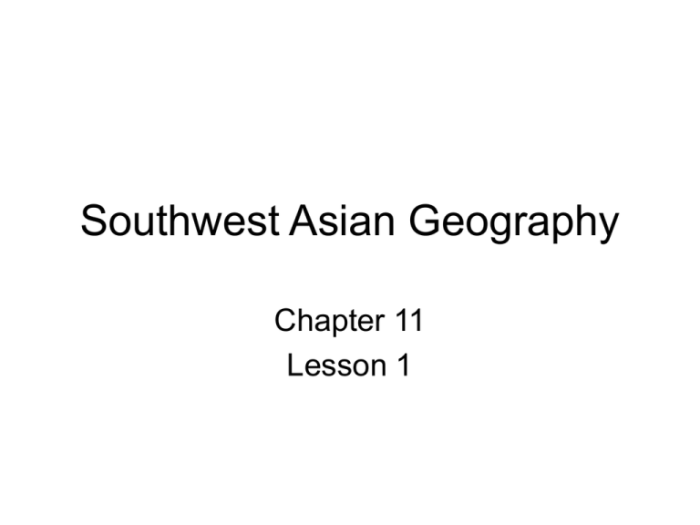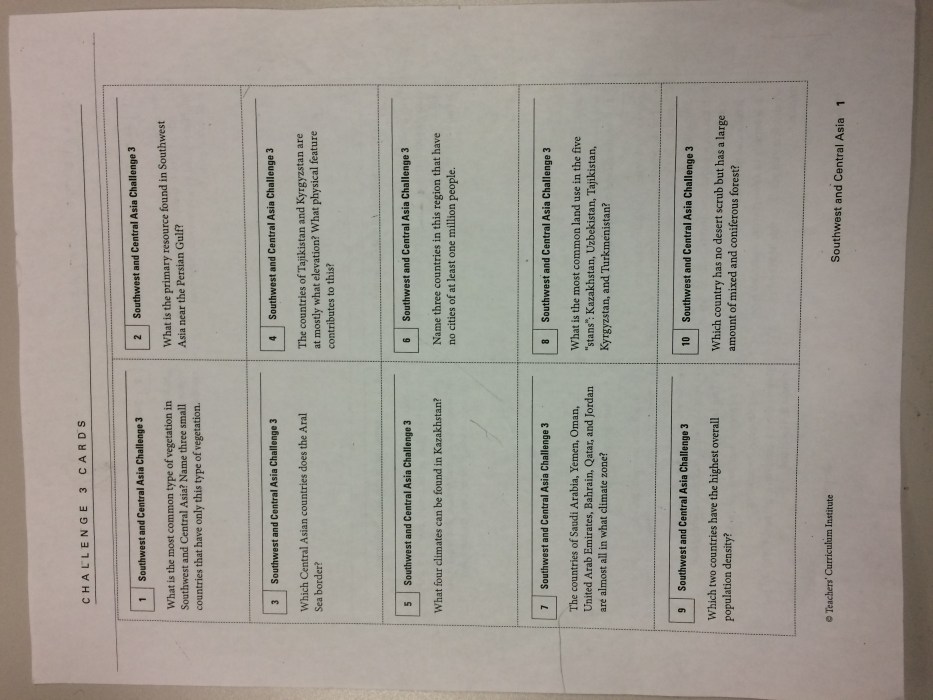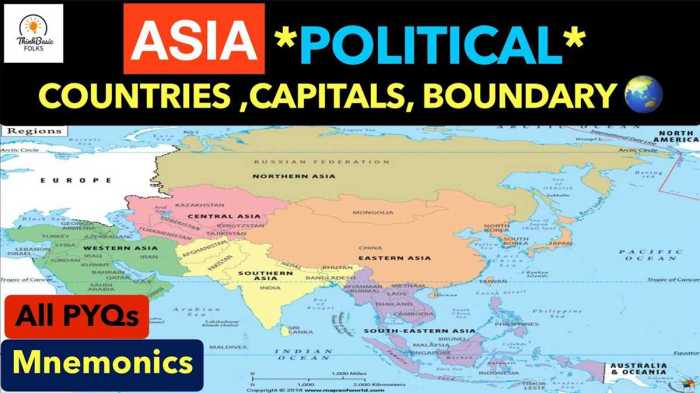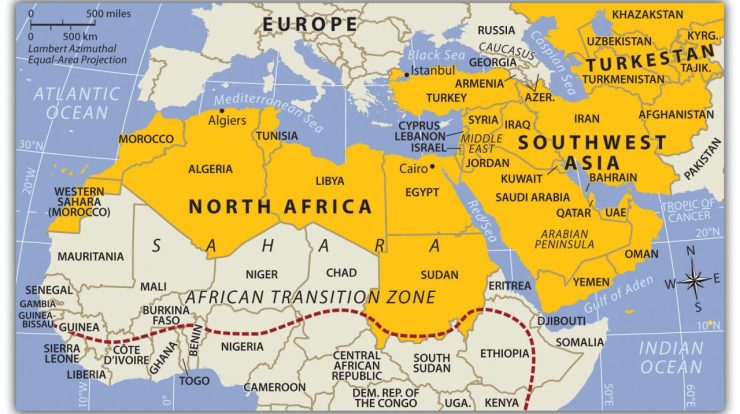Embark on an enlightening journey with the Southwest and Central Asia Mapping Lab Challenge 3 Answer Key. Delve into the intricacies of Southwest and Central Asia’s geography, unravel the significance of its physical features, and uncover the historical and cultural influences that have shaped this captivating region.
Through a captivating exploration of mapping techniques, data analysis, and real-world applications, this comprehensive guide empowers you to decipher map data, identify patterns, and solve geographical conundrums. Prepare to expand your cartographic horizons and gain invaluable insights into this dynamic region.
Southwest and Central Asia Mapping Lab Challenge 3
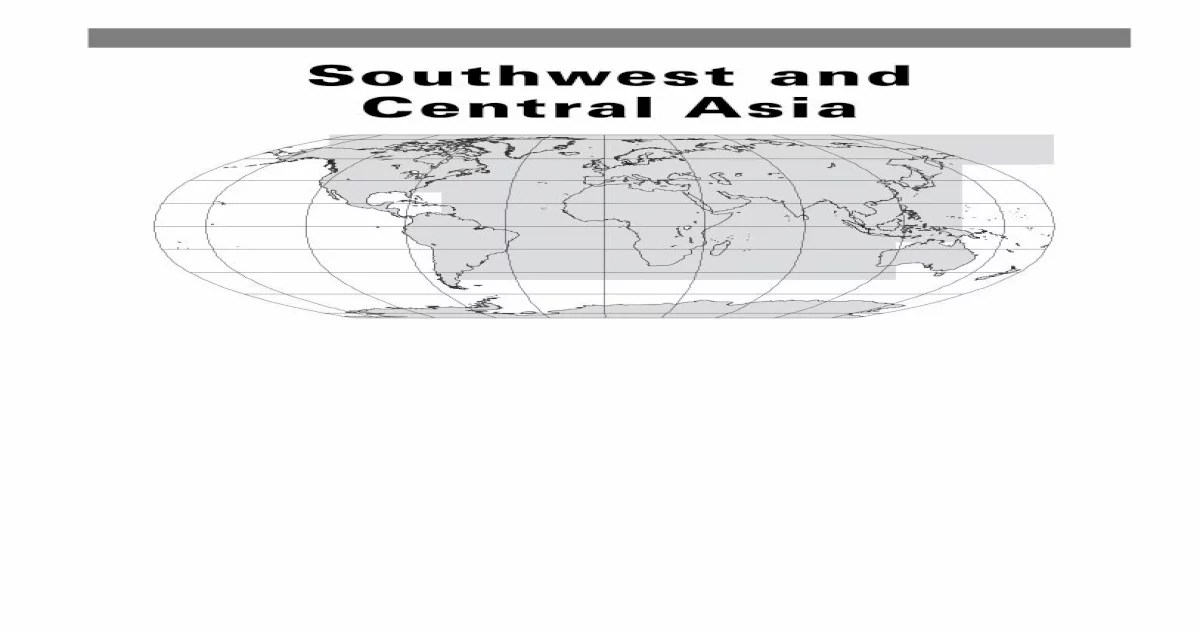
The Southwest and Central Asia Mapping Lab Challenge 3 is designed to enhance your understanding of the geography of this region. The challenge covers a wide range of topics, including physical features, political boundaries, and cultural landscapes.
By completing the challenge, you will gain a deeper understanding of the complex and diverse region of Southwest and Central Asia.
Key Concepts and Terminology, Southwest and central asia mapping lab challenge 3 answer key
- Southwest Asia: The region commonly known as the Middle East, including countries such as Saudi Arabia, Iran, and Turkey.
- Central Asia: The region north of Southwest Asia, including countries such as Kazakhstan, Uzbekistan, and Turkmenistan.
- Physical Features: The natural features of a region, such as mountains, rivers, and deserts.
- Political Boundaries: The borders that separate different countries or regions.
- Cultural Landscapes: The ways in which humans have shaped the environment, such as through agriculture, urbanization, and transportation.
Mapping Techniques and Analysis
The challenge uses a variety of mapping techniques to help you visualize and analyze the data. These techniques include:
- Choropleth maps: Maps that use different colors or shades to represent data, such as population density or economic activity.
- Dot distribution maps: Maps that use dots to represent the location of data, such as cities or natural resources.
- Line maps: Maps that use lines to represent data, such as roads or rivers.
By using these mapping techniques, you can identify patterns and trends in the data and gain a better understanding of the region.
Data Interpretation and Application
Once you have analyzed the data, you can apply your knowledge to real-world scenarios. For example, you could use your understanding of the region’s physical features to identify potential areas for development or use your knowledge of the region’s political boundaries to understand the challenges of border disputes.
Critical thinking and problem-solving skills are essential for successful mapping. By completing the challenge, you will develop these skills and gain a valuable understanding of the geography of Southwest and Central Asia.
Resources and Further Exploration
- National Geographic: Southwest Asia
- Encyclopedia Britannica: Central Asia
- CIA Factbook: Central Asia
We encourage you to continue exploring the geography of Southwest and Central Asia. There are many additional resources available online and in libraries.
FAQs: Southwest And Central Asia Mapping Lab Challenge 3 Answer Key
What is the purpose of the Southwest and Central Asia Mapping Lab Challenge 3?
The challenge aims to enhance understanding of Southwest and Central Asia’s geography, develop mapping skills, and foster critical thinking in problem-solving.
What types of maps and data are used in the challenge?
The challenge utilizes various maps, including physical, political, and thematic maps, as well as data on topography, climate, population, and resources.
How can I apply the knowledge gained from the challenge to real-world scenarios?
By understanding map data and applying mapping techniques, you can analyze spatial relationships, identify trends, and make informed decisions in fields such as urban planning, environmental management, and international relations.
